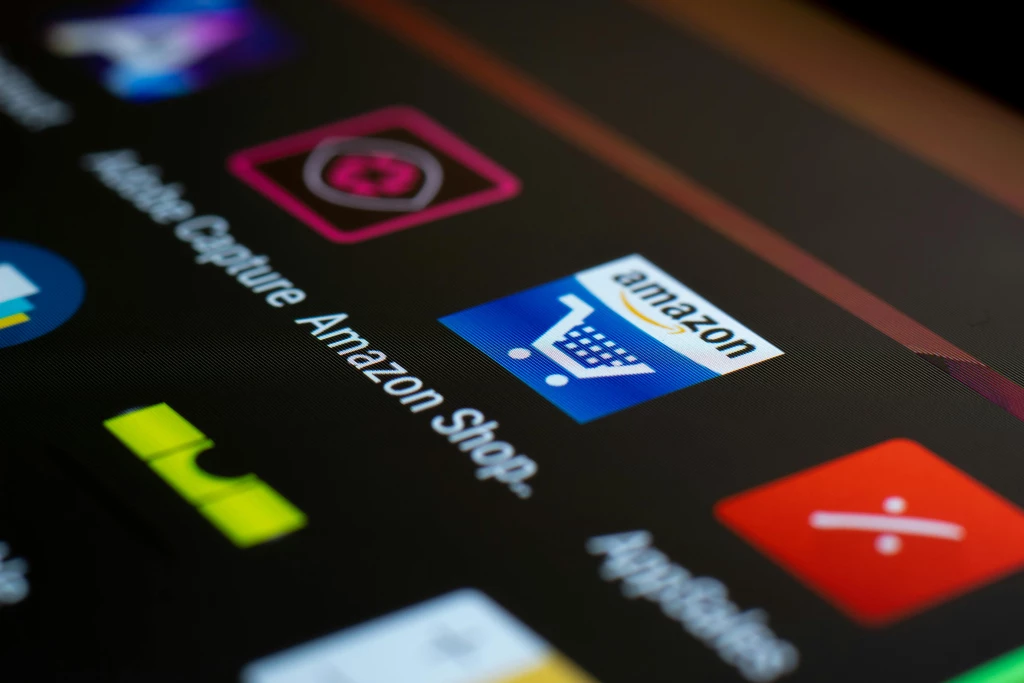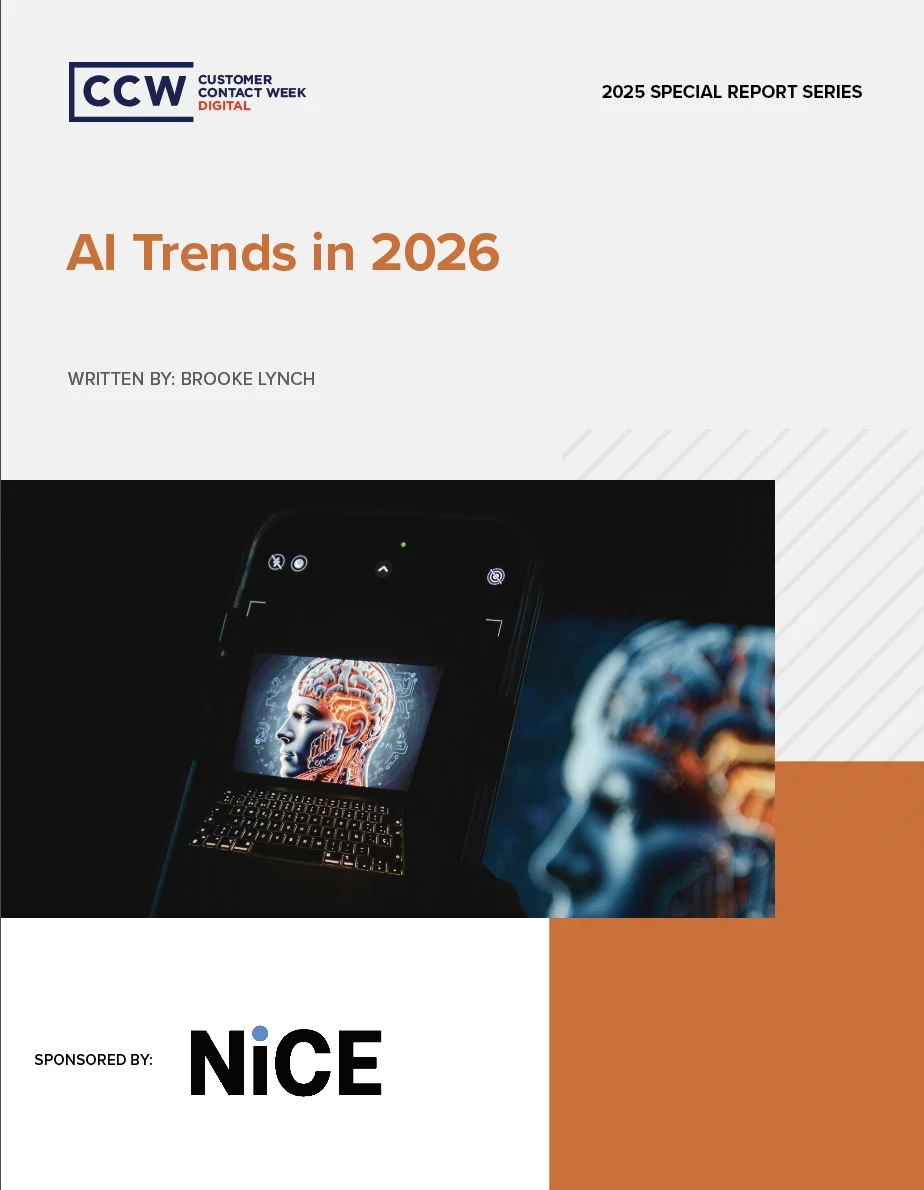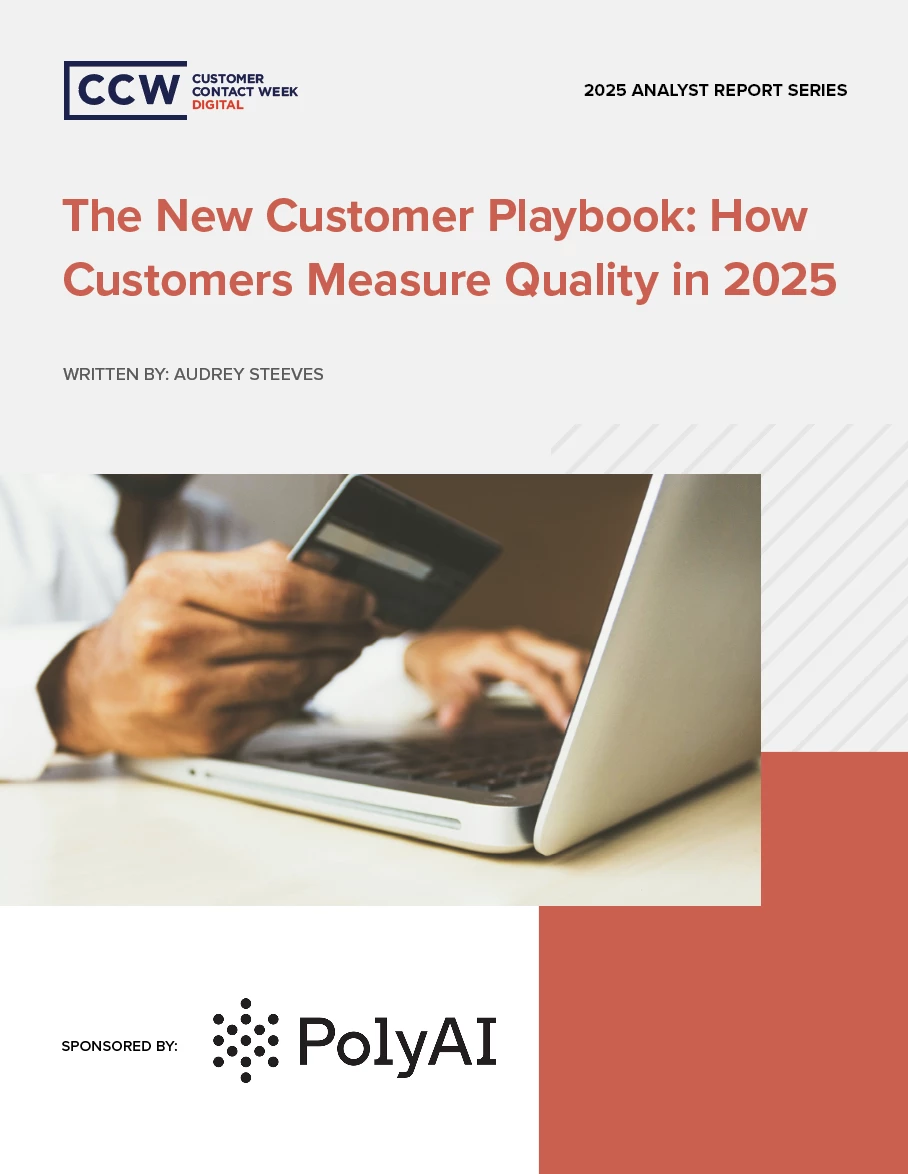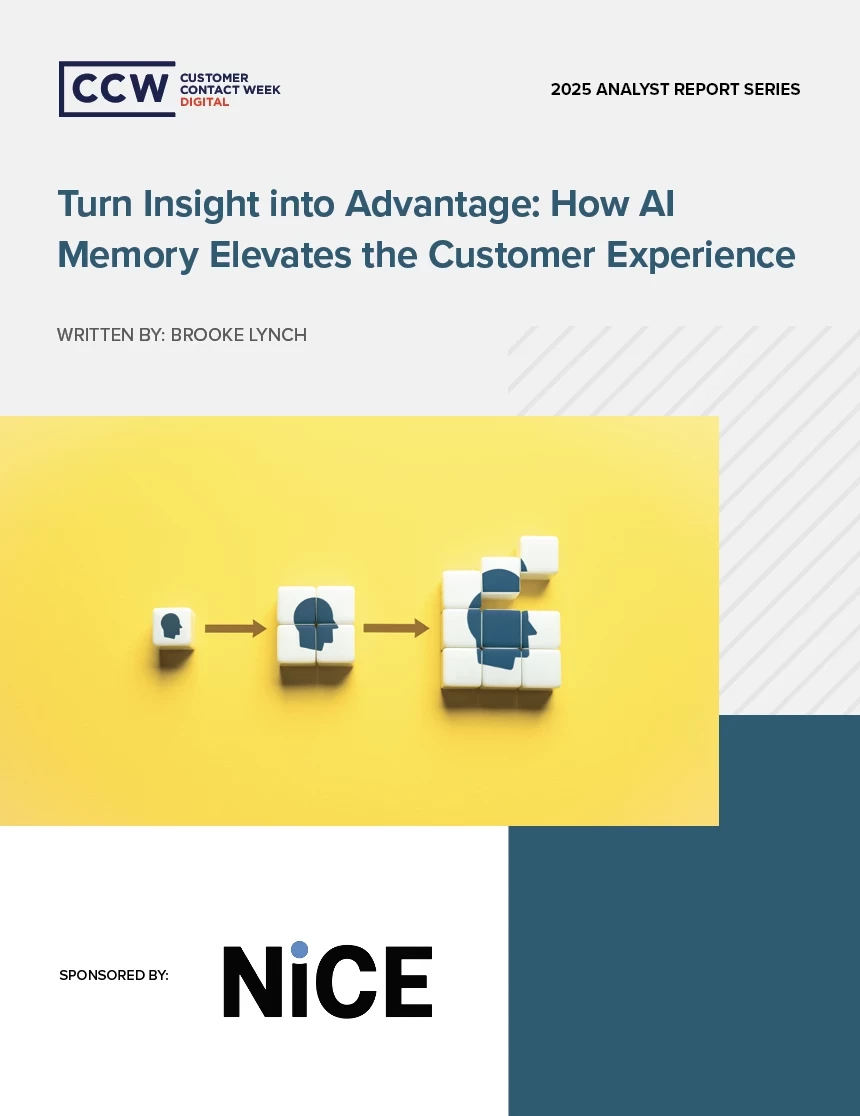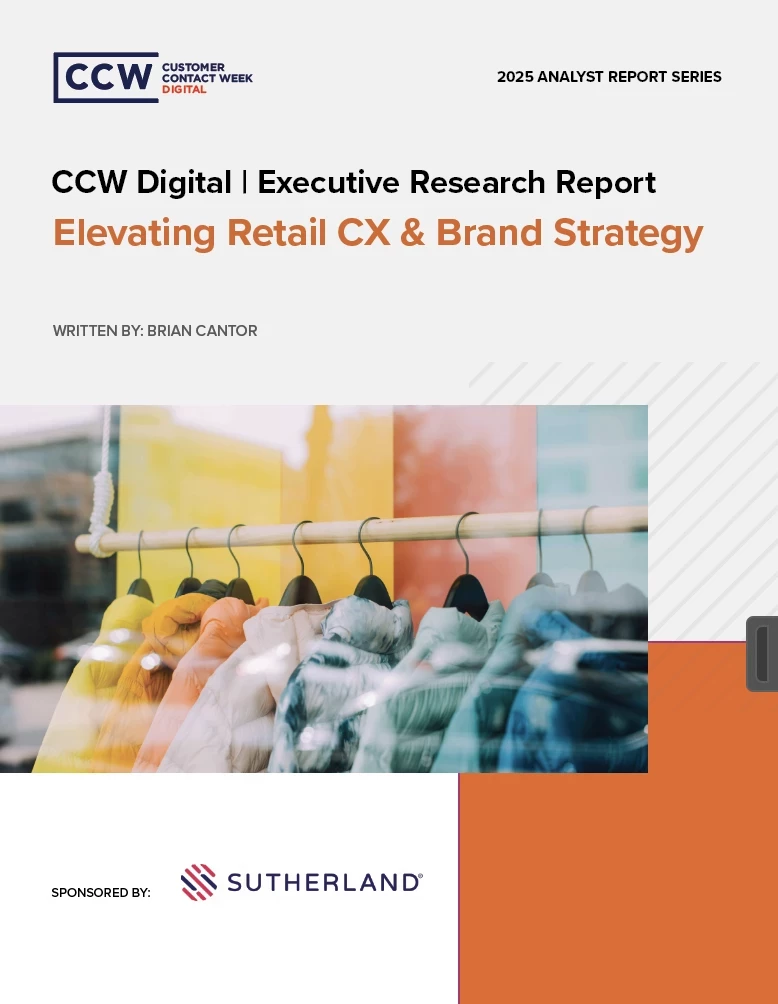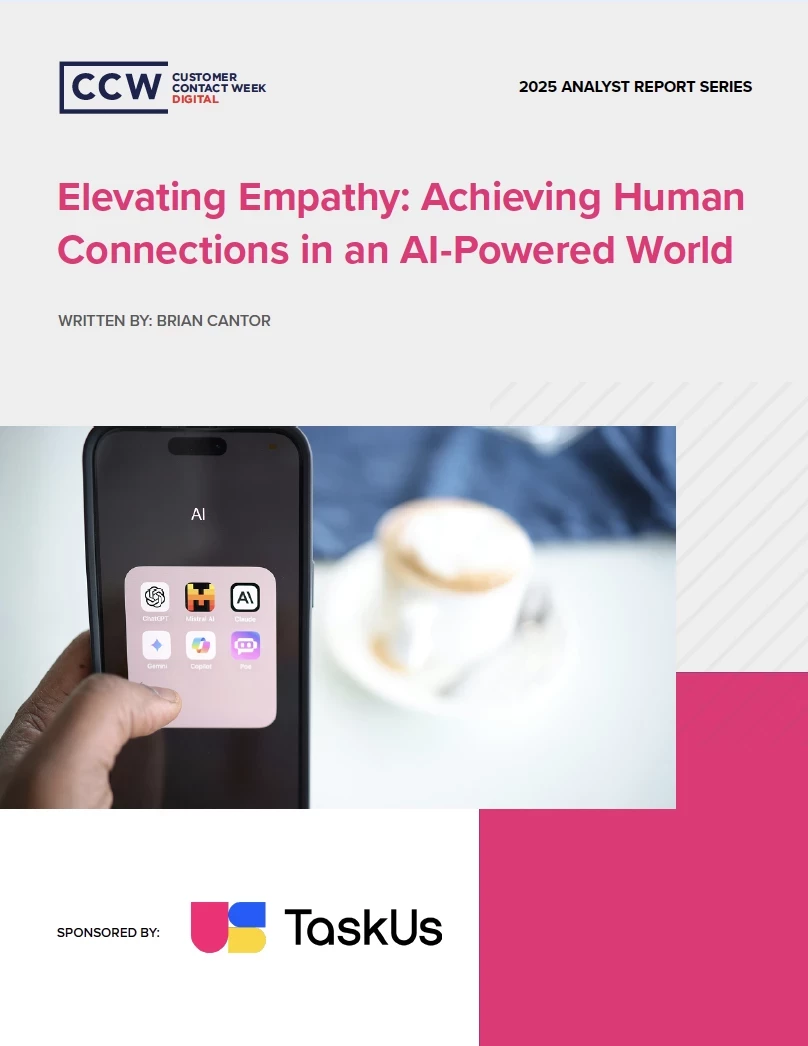Connecting Your Story to Your Customer's Story: Lessons from Brittany Hodak
4 Key Takeaways from the "Creating Superfans" Author
Add bookmark
Brittany Hodak was one of the shining stars of Customer Contact Week, San Antonio. The author of Creating Superfans took the mainstage on the morning of February 1st to enliven a crowd of customer-obsessed conference-goers who initially appeared weary from the previous two days of back-to-back sessions.
Yet, the former CXO, Forbes contributor, start-up founder, and Shark Tank contestant did not seem intimidated. Maybe it was the hotel coffee kicking in, but within minutes, Hodak’s session “Creating Superfans: How to Turn Customers Into Lifelong Advocates” turned around the energy of the room. Suddenly the audience was sitting up straight, belly laughing at Hodak’s well-timed jokes, and snapping photos of slides.
Hodak is now a veteran speaker with insightful takes on what it takes for customers to “love your brand the way Swifties love Taylor or Drake loves the Raptors.” Nearly every point in her presentation tied back to three central tenets: the importance of understanding your customer’s story, the need to establish a clear brand story, and the significance of connecting the two. The following takeaways offer wisdom into how to do so.
Branding and Visual Experience is Everything
 Lance Anderson on Unsplash " width="471" height="314" />
Lance Anderson on Unsplash " width="471" height="314" />
Your brand might exist in a brick-and-mortar store, in a mobile app, or through an e-commerce site. Regardless of the product’s environment, the visual interface that showcases your brand is a major part of customer experience and a major determiner of how your customer perceives your organization’s story.
During her session, Brittany Hodak displayed a photo of a paint store’s building facade. The storefront was impressively large but incredibly dilapidated. In fact, it looked as if it had been closed for months, even years, with paint chipping in multiple places on the exterior.
“Really? You had one job,” Hodak joked. The Creating Superfans author questioned what the visual representation of the paint store lended to the company’s story. Audience members were left to silently fill in the blanks, perhaps with assumptions that the paint store was low quality, low budget, or apathetic.
While it is possible that the paint store was none of these things, the ultimate point stands: if your store's appearance or experience is clunky or lackluster, customer’s draw the natural conclusion that your product or service will be as well.
When you invest in visual branding and create consistency, you can bolster your company’s revenue up to 33%.
Use Taglines Strategically
A tagline is a slogan used to advertise your brand’s core message and the value of your product. Taglines can be gimmicky, overcomplicated, or shallow. There is a tendency, especially in the era of instant gratification, to create a tagline that is cute and catchy.
However, Hodak emphasized that “cute and catchy” can still be achieved without sacrificing the larger brand story. As a best case example, she mentioned a clothing store in her town that advertised their brand using the tagline “Pretty Things. Great People. Good Finds.”
“In six words, they tell you everything,” Hodak pointed out. Six to ten words is all you need to communicate what sets your product apart from competitors and why customers should be passionate about your offerings.
Taglines are arguably more important than your logo. In a study published by PR Newswire, 50% of those surveyed use a slogan to understand brand purpose, compared to only 7% of people who rank a logo as more crucial to understanding a company’s story.
Take Time to Listen to Your Customers, Especially on a Micro Level
 Patrick Tomasso on Unsplash " width="469" height="353" />
Patrick Tomasso on Unsplash " width="469" height="353" />
Although establishing authority with your customers is critical to gaining their trust, true authority cannot be achieved without empathy. Hodak argues that empathy is most effective on a micro level – in one-to-one interactions between your agents and your customers.
“People do not care how much you know until they know how much you care,” said Hodak, quoting Teddy Roosevelt. In other words, your customers cannot fully buy into your brand’s story unless you listen to their story.
Hodak is nothing if not filled with anecdotes. From the stage, she recalled a phone call with a Time Warner Cable agent who was helping her family set up their television service. When the agent asked for their account’s username, Hodak sheepishly relayed the moniker, which had been chosen by her husband, “TimeWarnerSucks.”
To her surprise, the agent, with humility, humor, and empathy, responded, “I’m surprised that name wasn’t already taken before you set up your account.” That very human interaction with the company’s employee suddenly shifted Hodak’s entire perception of the brand.
Changing perspectives on brands based on one-off conversations is certainly not always rational, but it happens, nonetheless. Empowering your agents to exercise humor and empathy is the simplest way to build a reputation forged by personalization.
In this day in age, 71% of customers expect personalized experiences each time they interact with a brand.
Even more compelling than a short moment of humor, are “extraordinary moments,” explained Hodak, who delved into a story about an Olive Garden waitress who, after overhearing her son’s enthusiasm for the restaurant’s signature croutons, surprised the five-year-old with an entire bag to take home for himself.
“Think about how you can turn your customers from apathy to affinity to advocacy and how you can create a budget for that… Make your customer want to come back or tell their friends and family,” Hodak said, effectively prodding us all to plan our next trip to Olive Garden.
If Your Employees Do Not Care, Neither Will Your Customers
You rely on your frontline employees for the one-to-one interactions that communicate your brand’s story. Therefore, you first need to foster their well-being before that of your customers.
Recognition efforts are common practices within many organizations, but appreciation perhaps falls by the wayside at many companies.
“Recognition says ‘I care about the thing that you did’ and appreciation says ‘I care about the person you are’,” Hodak said, pausing to let it sink in. “If you appreciate and validate your employees. they can return those sentiments to your customer.”
Appreciation goes beyond what is happening in the office. Appreciation acknowledges who the person is at their core. “Little things” like celebrating an employee’s birthday, inquiring about their career goals outside the contact center, writing them a thank you note, or wishing them a happy anniversary can go a long way in making your agents feel seen. In the long run, these gestures matter for engagement, globally, only 53% of employees on average feel engaged at their organization.
Hodak went on to point out that with AI and automation advancing so rapidly, many companies have shifted focus away from employees and onto integrating technology. This attitude can be detrimental. Said Hodak:
“The people will always matter more than the technology… but people who embrace technology will replace people who do not. We’re looking for technology to help us, especially with things like personalization.”
 Arlington Research on Unsplash " width="471" height="314" />
Arlington Research on Unsplash " width="471" height="314" />
Your agents should receive the rhetoric and training that enables them to leverage technology, rather than fear it. They should always understand that they are viewed as a person, not just a position. That sentiment is a part of your brand’s story.
Hodak left us with this: “The more time you take to understand who they are as people, the more they will feel connected to your brand, the more they will think about it as part of a purpose, instead of just a paycheck.”
Have any anecdotes about an interaction with a brand shifted your entire perception? We would love to hear about it! Reach out to us to get involved with our CCWomen community: ccwomen@cmpteam.com.












